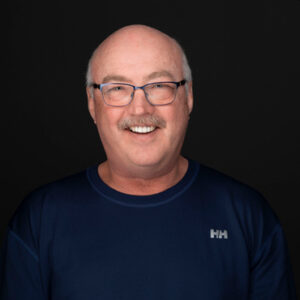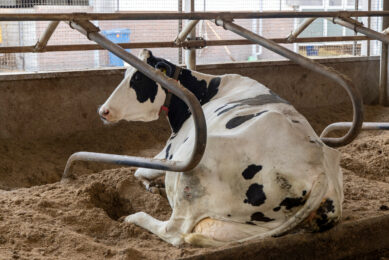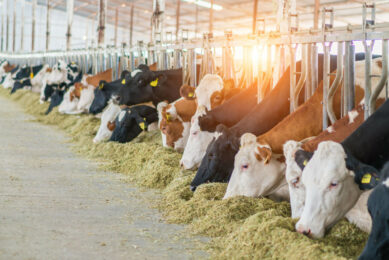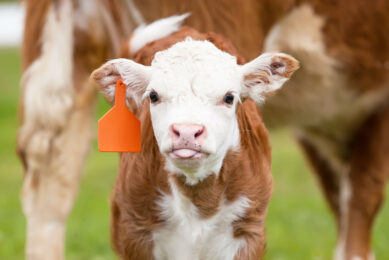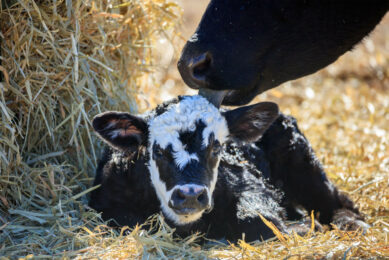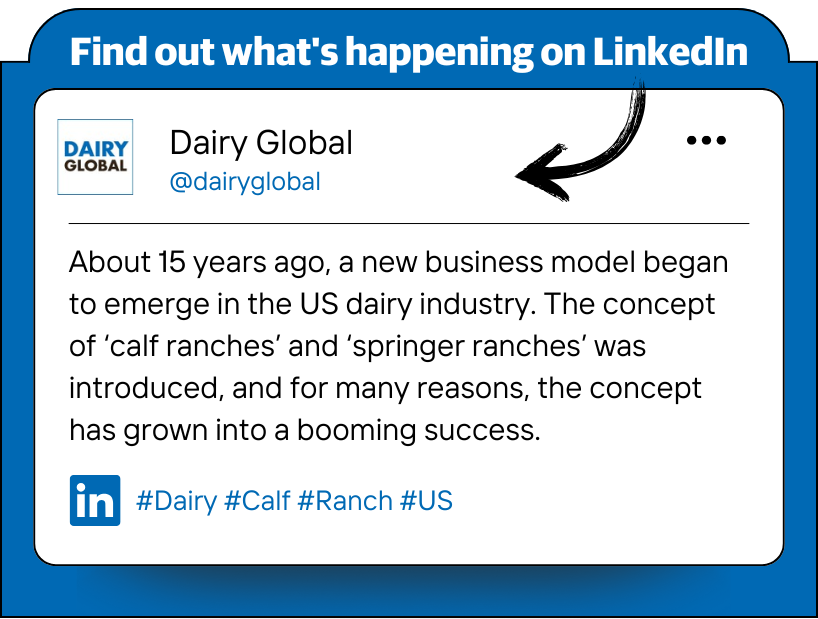The value of cow comfort
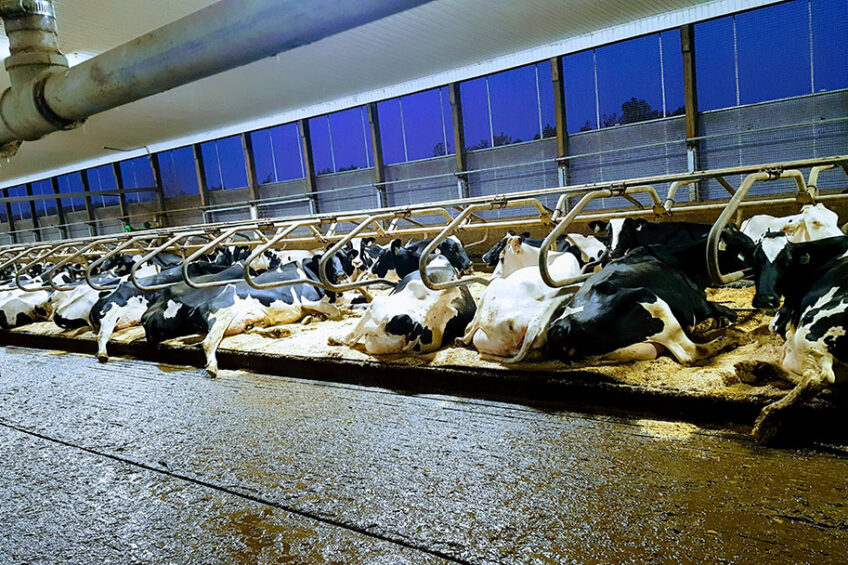
When cattle were domesticated approximately 10,000 years ago, they likely were hardy, resilient animals deprived of extensive comforts and living in challenging environments. Today’s dairy cows more closely resemble highly functioning athletes than the tough and rugged creatures tamed by our distant ancestors. While they perform at a much greater rate than their predecessors, they can be more sensitive to adverse management or environmental factors.
Scott Hartwell, CEO and owner of Advanced Comfort Technology in Wisconsin, USA, has dedicated a large portion of the last 20-plus years to improving comfort levels of dairy animals. His company’s numerous lines of waterbeds, mattress covers, rubber flooring and installation hardware are aimed at keeping cows happy, relaxed and healthy.
Advanced Comfort Technology’s technologically sophisticated products include a dual-chambered waterbed with the front chamber to cradle the knees and the larger rear compartment to float the body. Latex foam-based mattresses can also be installed to cover the beds for improved grip and extra footing confidence.
Hartwell firmly believes since we harvest a wholesome resource for human consumption from these essential animals, they deserve more than adequate supplies of feed, water and a roof over their heads. These respected animals deserve comforts like these waterbeds and mattresses. As an added benefit, the comforts help optimise milk production, improve health and increase the overall contribution of the herd.
Factors affecting health
“Comfort is the umbrella so much of our language centres around as it relates to cows in stalls and barns,” says Hartwell. “But what are we trying to accomplish when we think about it?”
While variables such as breeding, rations and water all play a part, he says optimum lying time supporting leg health is key. Cows need to experience supportive resting periods throughout the day to maximise production, and uncomfortable beds only provide a restless sleep that compromises leg health.
Leg and hock health
“A 1,600-pound [~726 kg] cow on a poor bed will be restless and won’t lie down like she should. Even when she does, she’ll move more. All of this affects her ability to produce to her capability.”
Hartwell explains that a surface must provide good leg health, as lameness is a quick pass to leave the farm.
“If she’s lying on an awkward surface and it results in deterioration of her leg or hock, this creates a problem. Owners are forced to decide whether to treat and keep her in the herd, which means they can’t harvest her milk, or send her off the farm, which comes at a greater cost.”
A healthy udder
Udder care is also a component of health and comfort. In the same way leg issues might derail health, if a cow becomes susceptible to mastitis and milk quality is impacted, her production is reduced. She’ll require treatment time during which her milk can’t be kept, quality is decreased and capabilities are hindered.
Longevity
Longevity is an additional aspect Hartwell doesn’t think gets enough recognition. If a cow reaches her fourth or fifth lactation, she’s producing profitably at a high level. Years to raise her to full production capacity have already been recouped. At this point, he imagines farmers must question whether an older herd is part of the strategy or if they should be turning animals over more rapidly.
Fringe elements of comfort
While he recognises that Advanced Comfort Technology provides beneficial equipment to the dairy industry, he stresses that many fringe factors also add value to the comfort umbrella. He believes value can be added to the industry when farmers look at their business as a series of systems.
Pieces of this value puzzle include barn dimensions, ventilation, lighting, access to clean and fresh water, floor condition, resting surface and space size, stall composition and dividers, loops, and setup of related stall equipment.
“All of these elements go into this big bucket of comfort for the cow,” he adds. “And her comfort is a mechanism to be able to optimise the productivity of the entire herd.”
Stress
Additionally, Hartwell sees employee training in handling, herdsmanship and stockmanship as critical elements. Workers moving animals by yelling, whistling and banging on stalls introduce stress and reduce a cow’s ability to function in a healthy manner, similar to how people working under stressful conditions don’t normally maximise potential.
Fortunately, it’s been proven that if we limit stress, cows are more capable of contributing to the bottom line.
“Cows able to exist in their environment, moving about freely at a pace that doesn’t make them feel rushed, will be less stressed with lower levels of cortisol in their system. They’ll be able to stay healthier and perform better.”
Dairy cows have been bred to be milked on a consistent basis as they need the relief milking brings. They crave routine and will quickly learn to voluntarily move to the parlour.
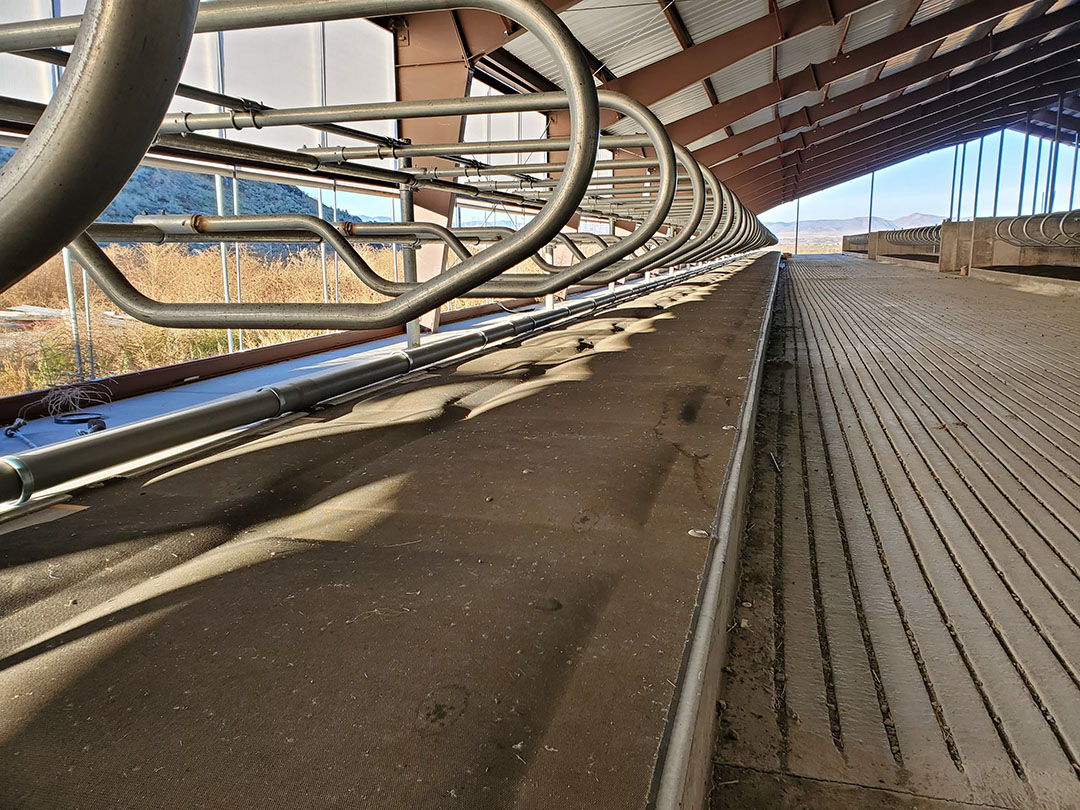
“The question is, are we moving them in a manner unnecessarily introducing stress and, if we are, what’s the cost? Unfortunately, there’s not an accurate mechanism to measure this. We don’t have a way to provide a cost–benefit analysis to confirm that if we stop yelling and banging on the loops, we’ll get X amount of reward.”
Fortunately, it’s been proven that if we limit stress, cows are more capable of contributing to the bottom line.
Keeping employees fulfilled
Hartwell also recommends that producers do their best to ensure employees are happy and satisfied in their roles. Regardless of the chosen profession, when individuals find fulfillment in their work, they’ll serve their industry in a more fulfilling manner.
“Whether that means fair pay meeting financial needs and reducing money pressures, cementing individual responsibility and ownership of areas or training protocols and procedures to help clarify tasks, employee satisfaction can be affected in many different ways.”
He urges farmers to go the extra mile beyond the pay cheque, giving them the tools to be successful in their assigned roles and recognising them for individual contributions to the team.
“The pat on the back, the handshake, or an eye-to-eye appreciation for the work they’re doing goes a long way for people.”
Respect, care and cow comfort
Hartwell believes systemisation of duties is an element of employee fulfillment, and its planning and organisation make it easier for employees to be successful.
“As much as the term ‘factory farming’ gets thrown around in a negative light, I feel there’s value in embracing it positively, looking at a farm as a type of manufacturing process,” he stated. “When we reinforce it with structure, we ultimately lessen the time, material wastes and incidence of failure, all while improving quality and performance. We’re fortunate to work in an industry full of so many good people coming together to create a viable, profitable industry, but also one where cows are respected and cared for with the comforts they deserve, ultimately resulting in their improved health.”
Join 13,000+ subscribers
Subscribe to our newsletter to stay updated about all the need-to-know content in the dairy sector, two times a week.


